What metal material can be used for valve seal?
The valve seal is the key part to determine valve performance. The other factors like corrosion, friction, flash, erosion, oxidation, and ect should be considered when selecting sealing surface material. Valve seals are usually divided into two categories, one is a soft seal such as rubber (including butene rubber, fluoro rubber, etc.), plastic (PTFE, Nylon, etc.). The other is metal type hard seal, mainly including Copper alloy (for low pressure valves), Chromium stainless steel (for common and high pressure valves), Stellite alloy (for high temperature and high-pressure valves and strong corrosion valves), Nickel base alloy (for corrosive media). Today here we will mainly introduce the metal materials used in the sealing surface of the valve.
Copper alloy
Copper alloy offers better corrosion and abrasion resistance, suitable for the flow medium such as water or steam with PN≤1.6MPa, the temperature does not exceed 200℃. The sealed auxiliary structure is fixed on the valve body by surfacing and melting casting method. The commonly used materials are cast copper alloy ZCuAl10Fe3, ZCuZn38Mn2Pb2, etc.
Chromium stainless steel
Chrome stainless steel has good corrosion resistance and is usually used for water, steam and oil and the media of which temperature does not exceed 450℃. The sealing surface of Cr13 stainless steel is mainly used for gate valves, globe valves, check valves, safety valves, hard-sealed ball valves and hard-sealed butterfly valves made of WCB, WCC and A105 carbon steel.
Nickel base alloy
Nickel base alloys are important corrosion-resistant materials. Commonly used as sealing cover materials are: Monel alloy, Hastelloy B and C. Monel is the main material resistant to hydrofluoric acid corrosion, suitable for alkali, salt and acid solvent medium with a temperature of -240 ~ +482 ℃. Hastelloy B and C are corrosion-resistant materials in the sealing surface material of valve, suitable for corrosive mineral acid, sulfuric acid, phosphoric acid, wet HCI gas and strong oxidizing medium with a temperature of 371 ℃ (hardness of 14RC) and chlorine-free acid solution with a temperature of 538 ℃ (hardness of 23RC)
Carbide
Stellite alloy has good corrosion resistance, erosion resistance and abrasion resistance, suitable for different applications of the valve and temperature – 268 ~ + 650 ℃ in a variety of corrosive media, is a kind of ideal sealing surface material, mainly used in cryogenic valves (- 46 ℃ -254 ℃), high-temperature valve (valve working temperature 425 ℃ >, body material for WC6, WC9, ZGCr5Mo the wear resistance of the valve (including different working temperature level of wear resistance and erosion resistance of valve), sulfur resistance and high-pressure valve, etc. Due to the high price of Stellite alloy for surfacing. For the black water system and mortar system used in coal chemical gas production, the ball surface of the extremely hard wear-resistant ball valve is required to use the supersonic spray WC(Tungsten carbide) or Cr23C6(Chromium carbide).
We provide better sealing parts obtained from qualified hard metal material to the specific density required by valve applications. Call us today for your industrial valve demands!

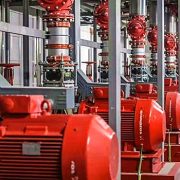
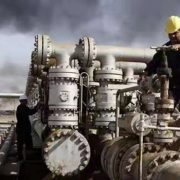
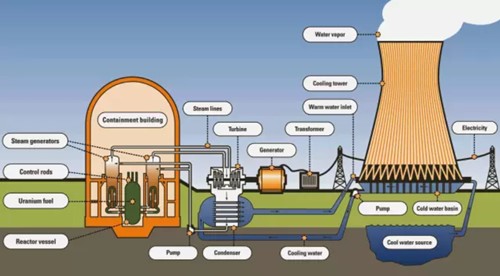
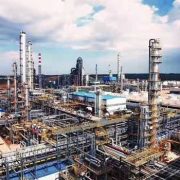
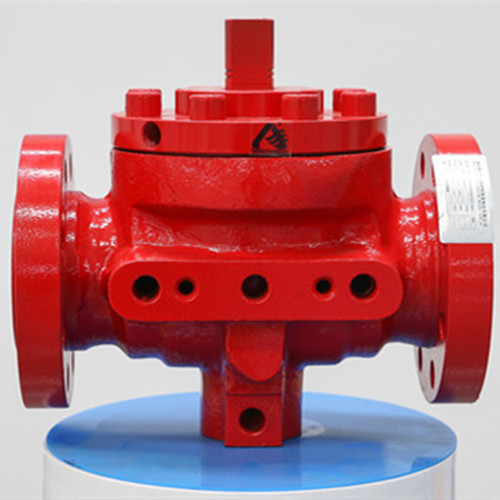
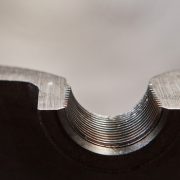
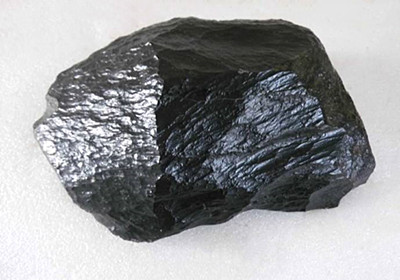
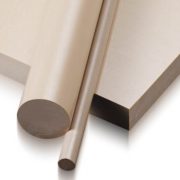
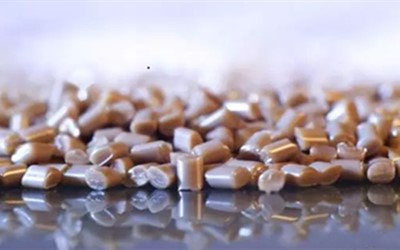
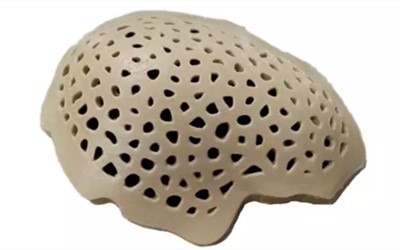
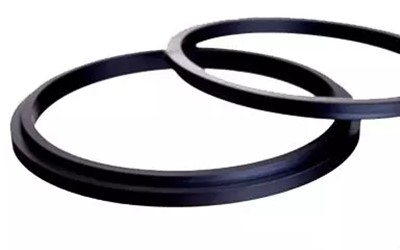
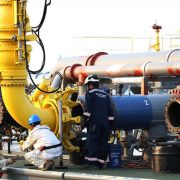
 Globe valve and butterfly valve are two common valves used to control the flow in the pipeline. The disc of the globe valve moves in a straight line along the centerline of the seat to open and close the valve. The stem axis of the globe valve is perpendicular to the sealing surface of the valve seat, and the opening or closing travel of the stem is relatively short, making this valve very suitable for cutting off or adjusting and throttling as the flow.
Globe valve and butterfly valve are two common valves used to control the flow in the pipeline. The disc of the globe valve moves in a straight line along the centerline of the seat to open and close the valve. The stem axis of the globe valve is perpendicular to the sealing surface of the valve seat, and the opening or closing travel of the stem is relatively short, making this valve very suitable for cutting off or adjusting and throttling as the flow.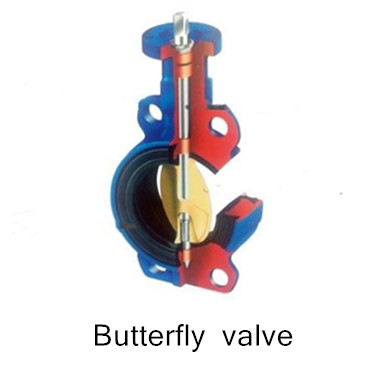 Butterfly valve’s plate-shaped disc rotates around its own axis in the body to cut and throttle the flow. The butterfly valve is characterized by its simple structure, small volume, lightweight, the composition of only a few parts, and rapid opening and closing by rotation of only 90°, fast control of fluid media, which can be used for media with suspended solid particles or powdery media. Here we’ll discuss the difference between them, if interested, please read on.
Butterfly valve’s plate-shaped disc rotates around its own axis in the body to cut and throttle the flow. The butterfly valve is characterized by its simple structure, small volume, lightweight, the composition of only a few parts, and rapid opening and closing by rotation of only 90°, fast control of fluid media, which can be used for media with suspended solid particles or powdery media. Here we’ll discuss the difference between them, if interested, please read on.